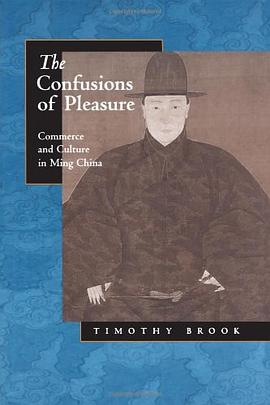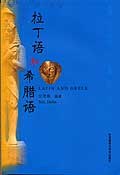The Confusions of Pleasure
内容简介
The Ming dynasty was the last great Chinese dynasty before the Manchu conquest in 1644. During that time, China, not Europe, was the center of the world: the European voyages of exploration were searching not just for new lands but also for new trade routes to the Far East. In this book, Timothy Brook eloquently narrates the changing landscape of life over the three centuries of the Ming (1368-1644), when China was transformed from a closely administered agrarian realm into a place of commercial profits and intense competition for status.
The Confusions of Pleasure marks a significant departure from the conventional ways in which Chinese history has been written. Rather than recounting the Ming dynasty in a series of political events and philosophical achievements, it narrates this longue durée in terms of the habits and strains of everyday life. Peppered with stories of real people and their negotiations of a rapidly changing world, this book provides a new way of seeing the Ming dynasty that not only contributes to the scholarly understanding of the period but also provides an entertaining and accessible introduction to Chinese history for anyone.
......(更多)
作者简介
Timothy Brook is Professor of History at the University of Toronto. He is the author of Praying for Power: Buddhism and the Formation of Gentry Society in Late-Ming China (1993), and Quelling the People: The Military Suppression of the Beijing Democracy Movement (1992), and the coeditor of Nation Work: Asian Elites and National Identities (1999) and China and Historical Capitalism: Genealogies of Sinological Knowledge (1999).
......(更多)
目录
......(更多)
读书文摘
现存最早的一部导游手册是黄汴的《一统路程图记》,他主要依靠驿程指南中的道路,模仿其中的地名和距离设计,但同时也加入了许多以北京、南京为中心向四周辐射的官方驿路网以外的东西。他还添加了许多旅途建议。编书之由乃是“归心迫切,前路渺茫,苦于询问,乃惕然兴感,恐天下之人如余之厄于歧路者多也。” 失败不仅标志着某种制度的衰败,更可能是结构性危机的征兆。
12公里是洪武皇帝想象中人能活动的最远距离(这正好是13世纪英国的一份法律文书中用来界定“邻里”的距离,因为这是短途货运人员可以在一天之内往返市场一个来回的最远路途),他甚至把58公里的最高移动界限写进了法律。
......(更多)






